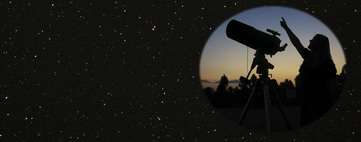This will be our 5th Solar Eclipse…. Wow, I think we can now call ourselves ‘Eclipse Chasers’ Yay!
I'll try and post my images as soon as I can, that is if we are blessed with clear weather....
Below you will see a map from the excellent website ‘Great American Eclipse’ you have to get right under the shadow path to see ‘Totality’ outside of this path and you will only see partials and the sky will not go dark to see the awesome corona.
https://www.greatamericaneclipse.com/april-8-2024
~ Blogs and photographs from Passed Solar Eclipses ~
Ellis Beach near Cairns on the 12th November 2012
https://www.mystardustobservatory.com/astro-blog/total-eclipse-of-the-sun-in-australia-2012
Annular Eclipse at Bunka Bunka Station 10th May 2013 in Central Australia
https://www.mystardustobservatory.com/astro-blog/the-wonderful-annular-eclipse-in-central-australia-on-the-10th-may-2013
Award Winning photo of the Annular Eclipse ‘ David Malin Awards’
~ Ring of Light in Outback Australia ~
https://www.mystardustobservatory.com/astro-blog/-david-marlin-astrophotography-awards-2013
The Great American Eclipse at St Joseph in USA 21st August 2017
https://www.mystardustobservatory.com/astro-blog/-the-great-american-solar-eclipse-at-st-joseph-in-missouri
Total Eclipse of the Sun at Exmouth in Australia on the 20th April 2023
https://www.mystardustobservatory.com/astro-blog/total-eclipse-of-sun-at-exmouth-in-wa-on-board-po-pacific-explorer
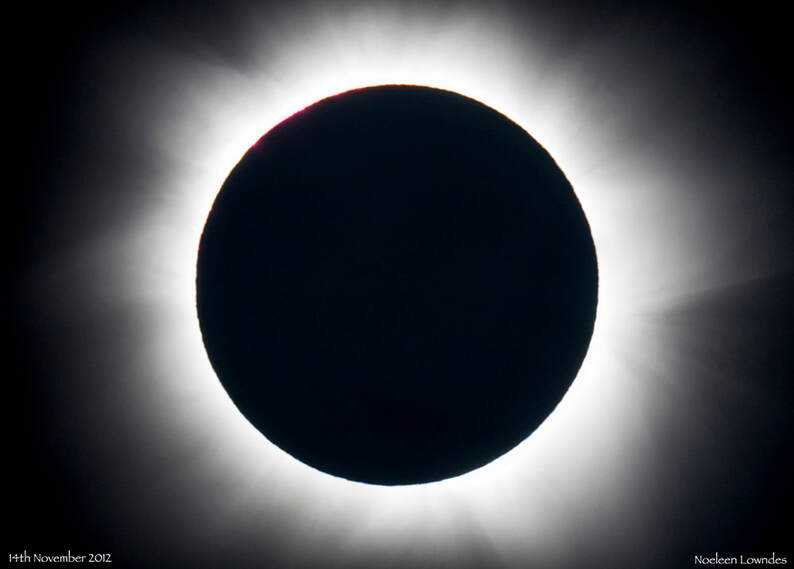
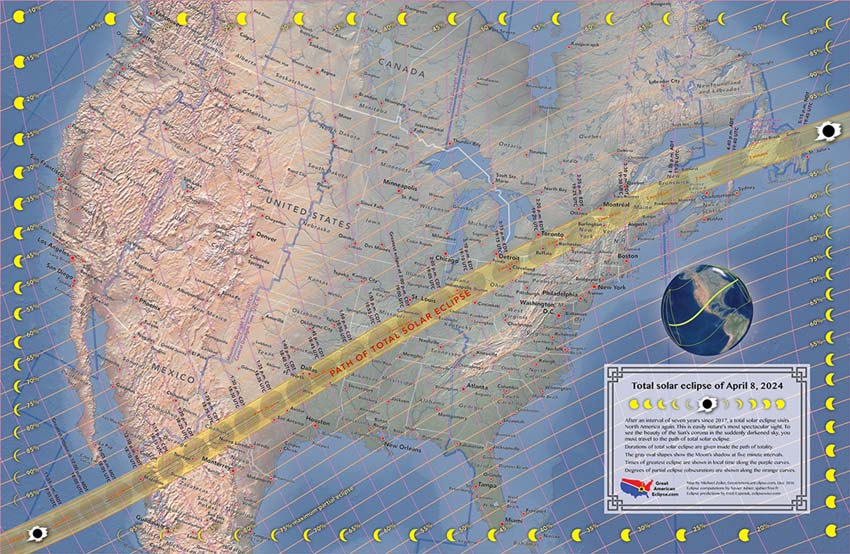
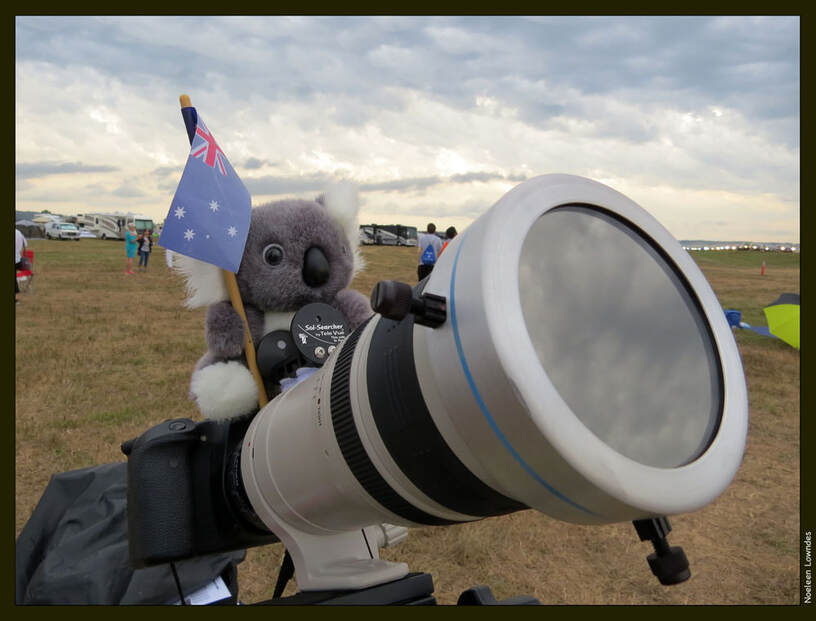
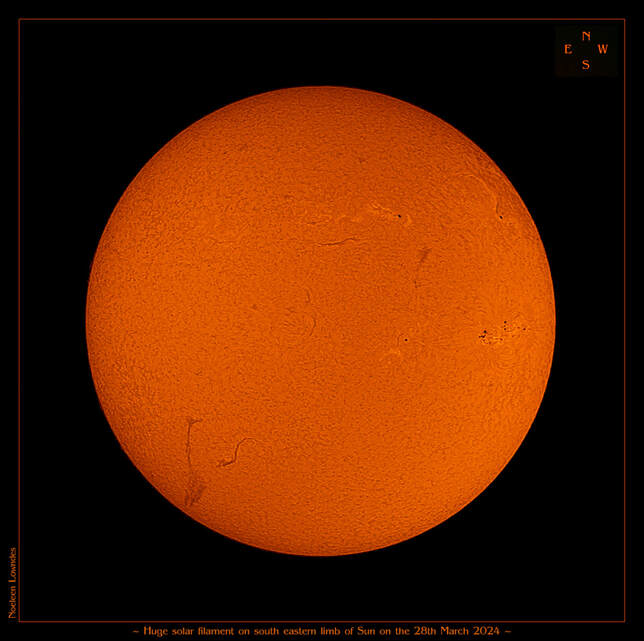
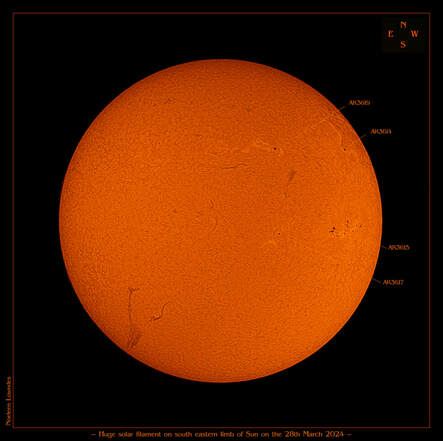
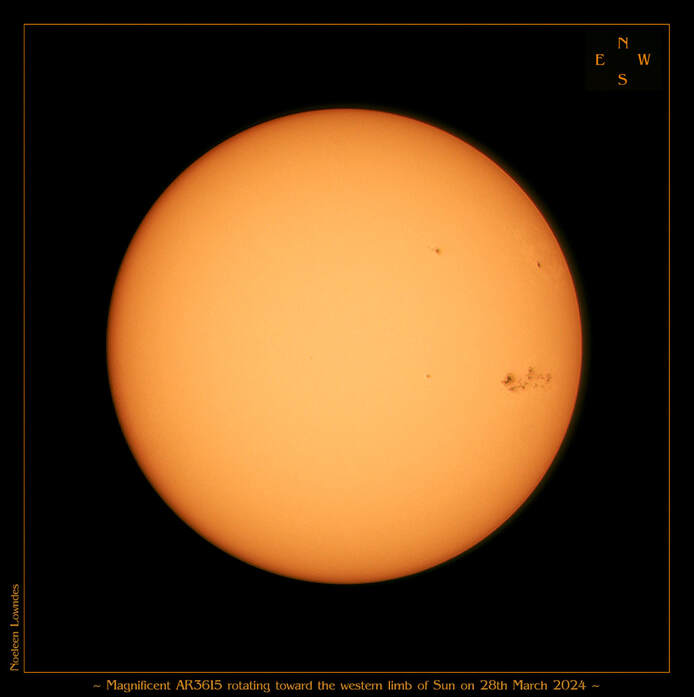
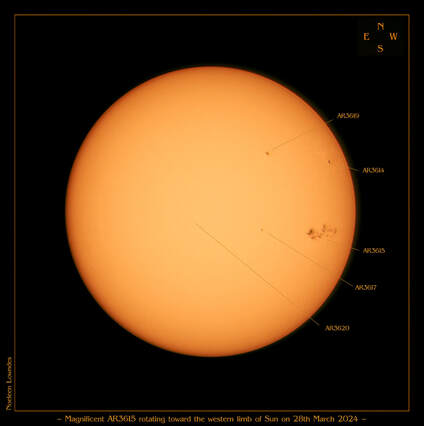
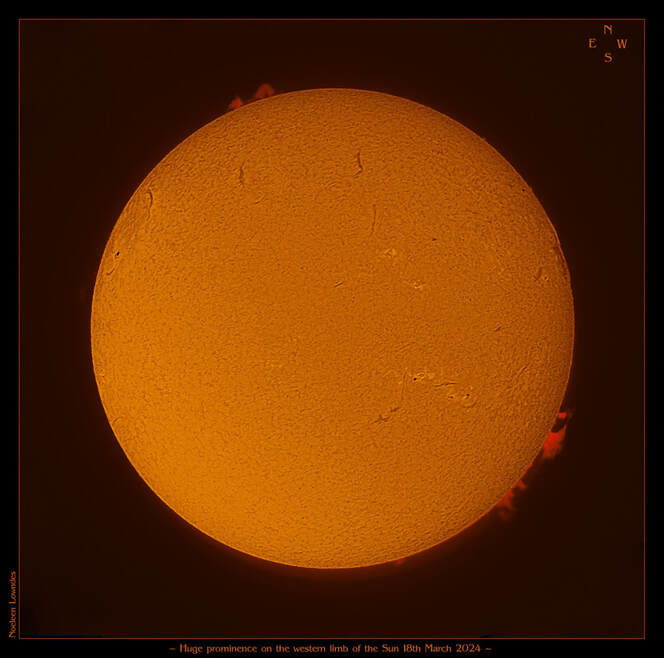
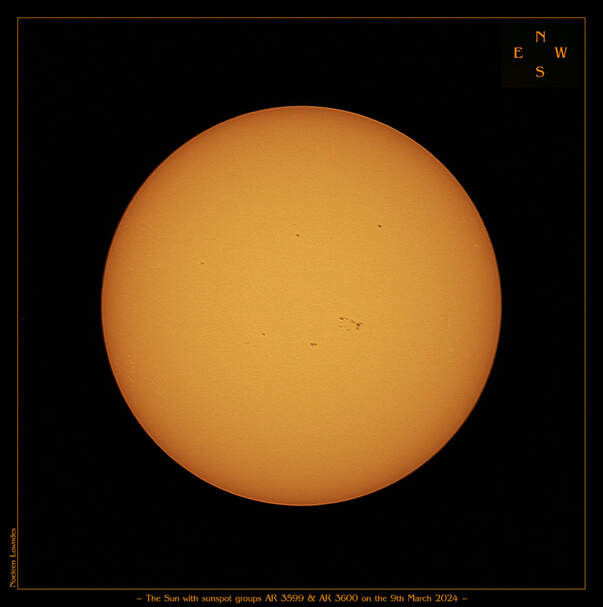
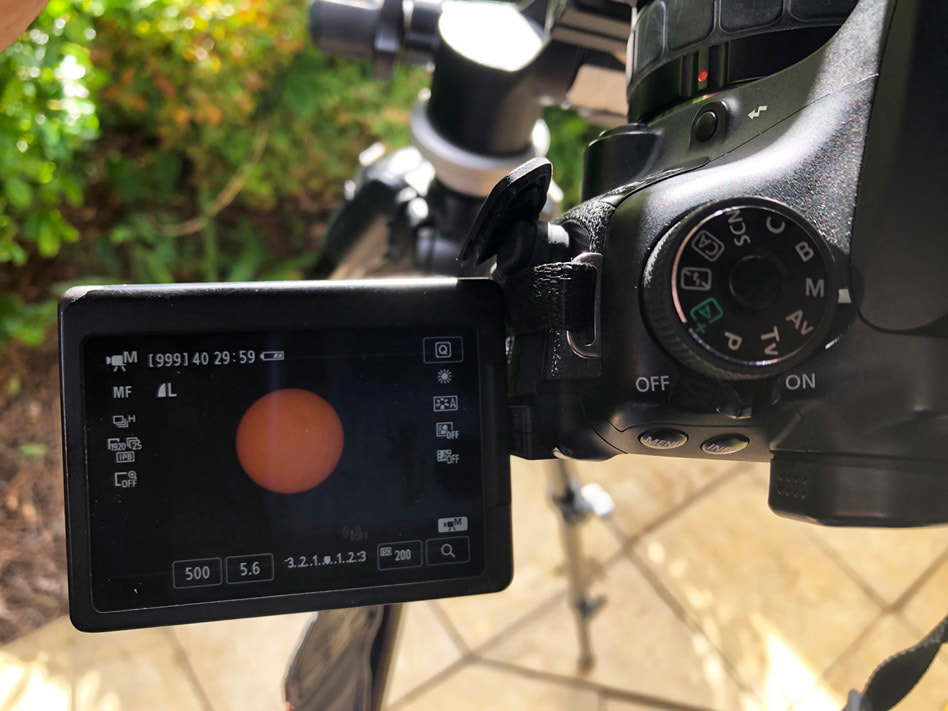
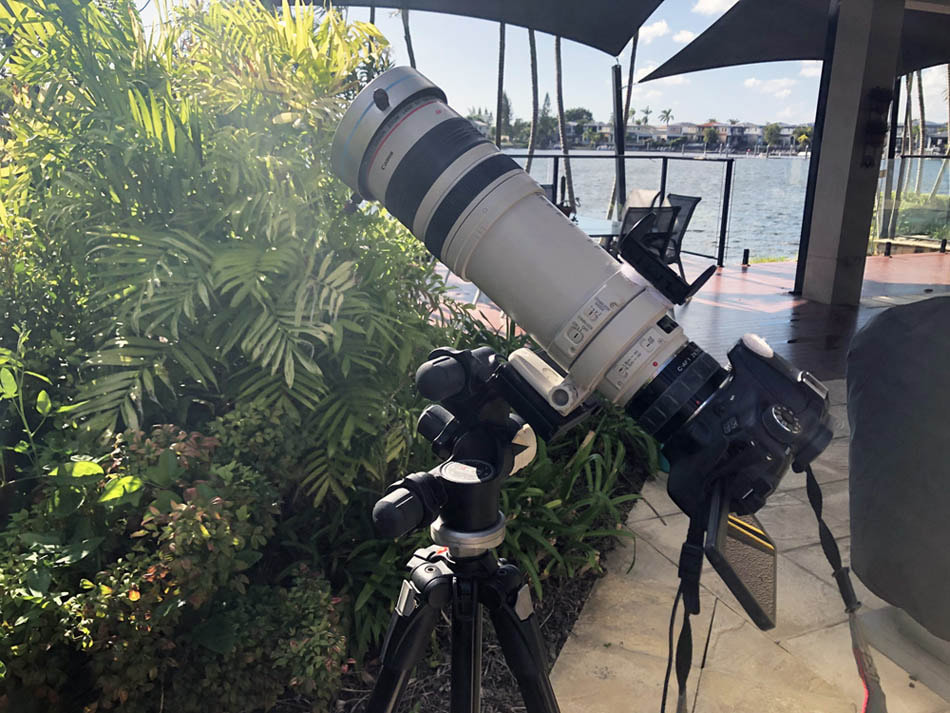

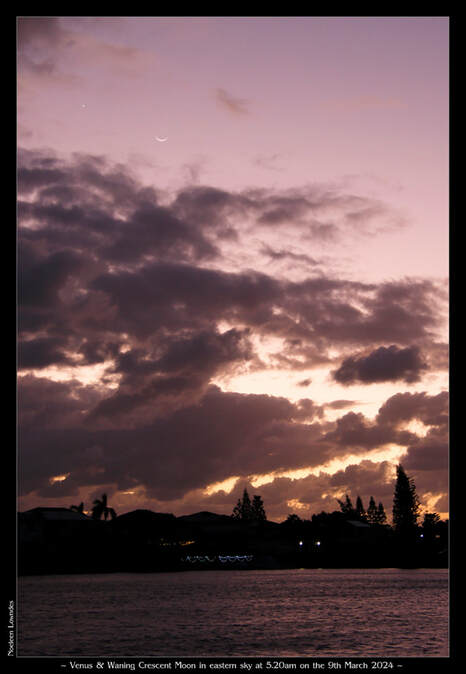
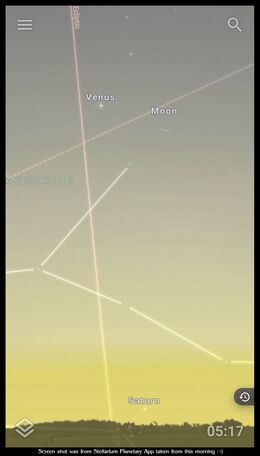
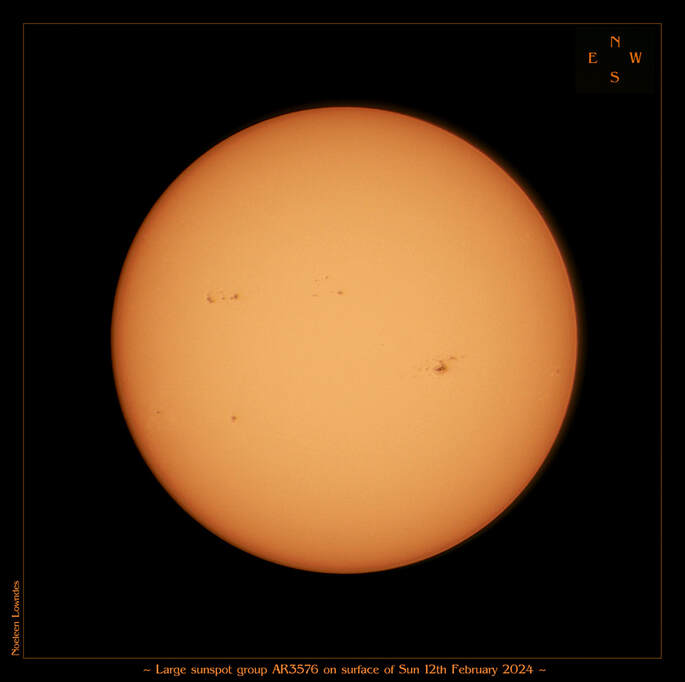
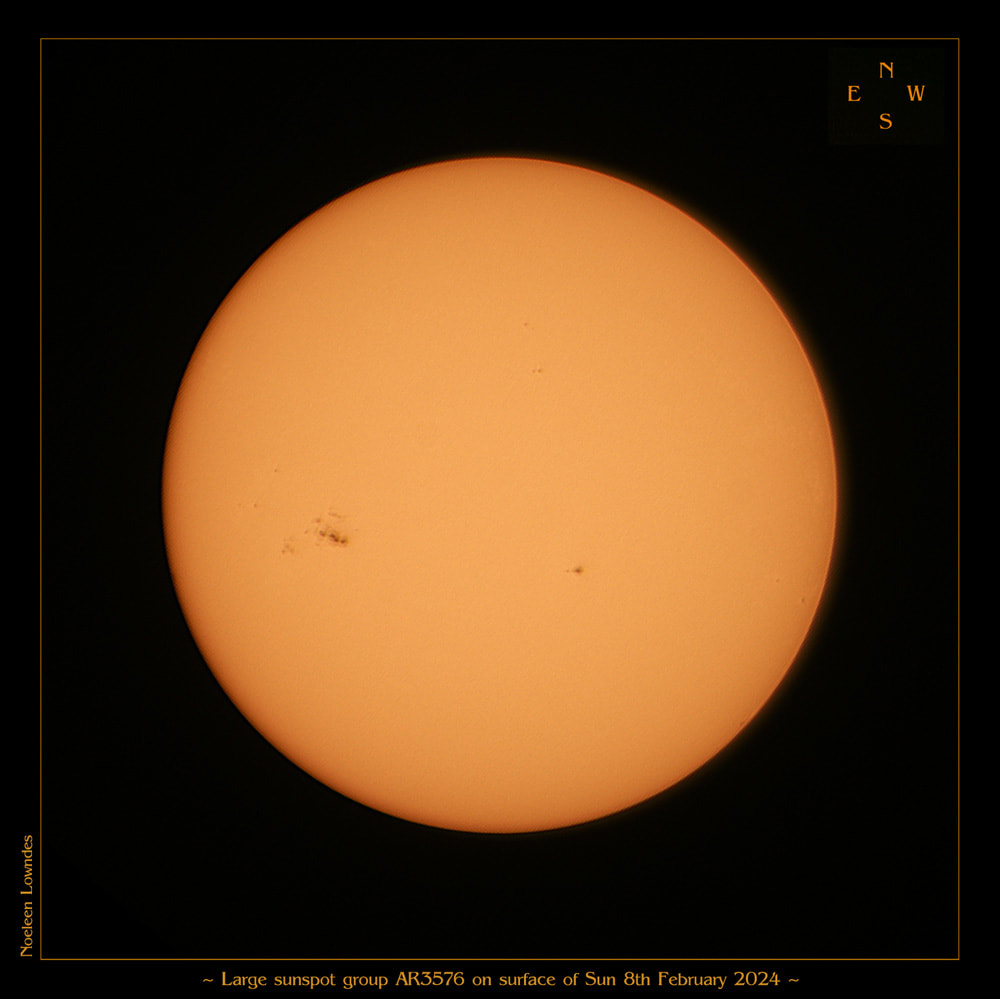
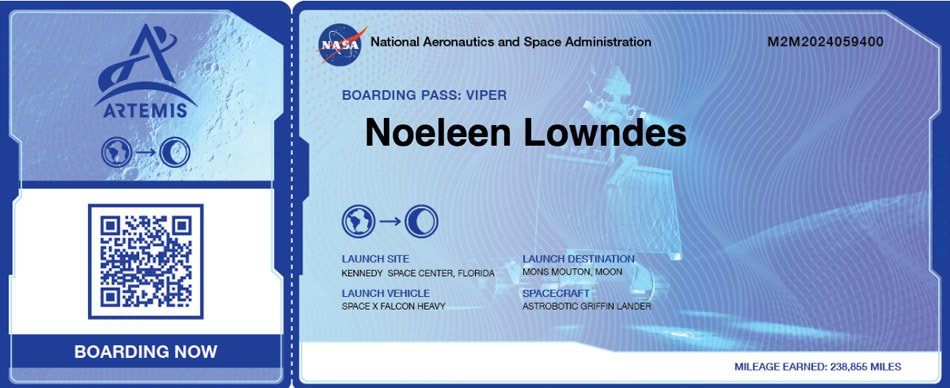
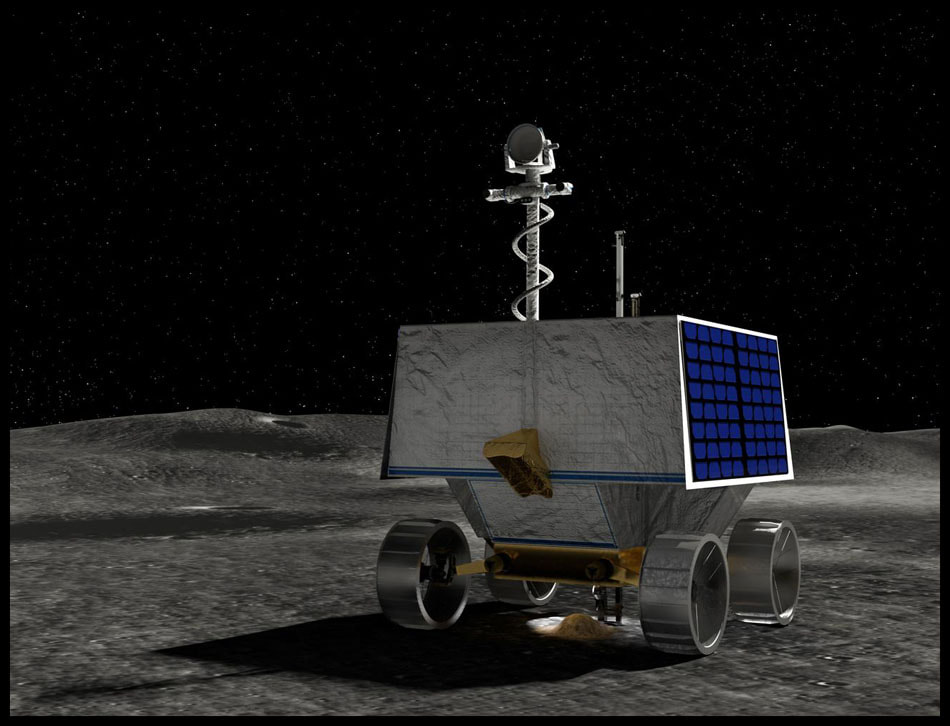
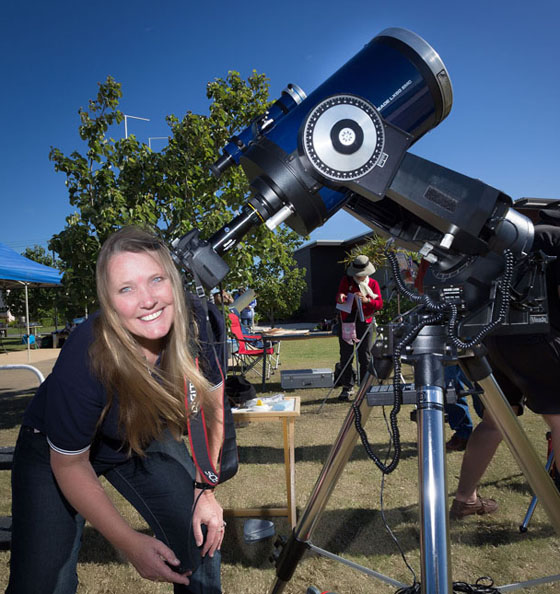
 RSS Feed
RSS Feed
